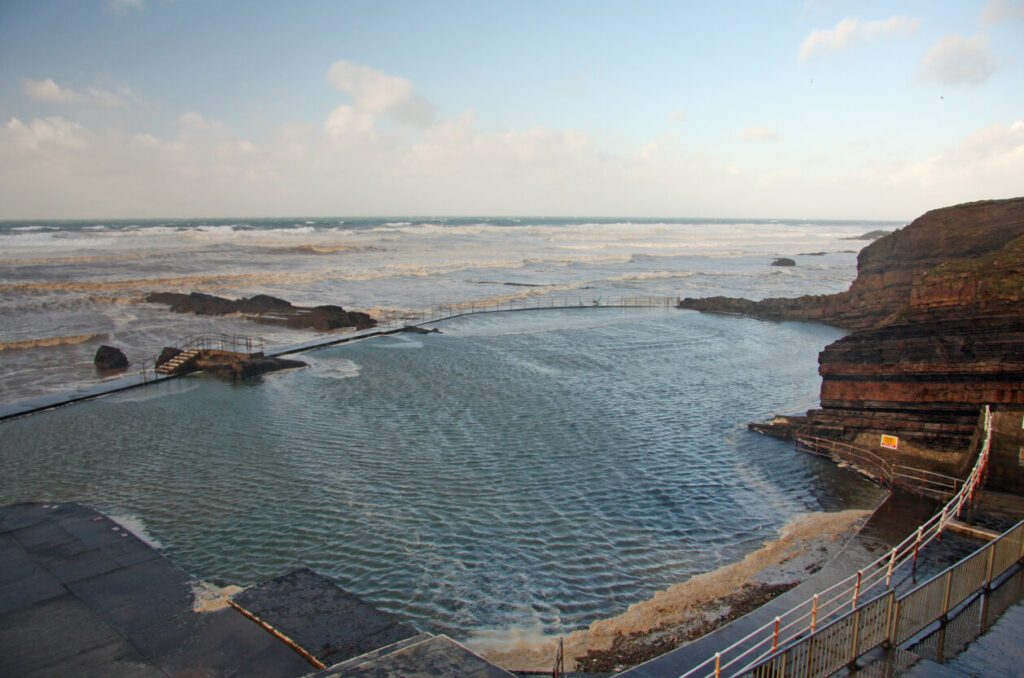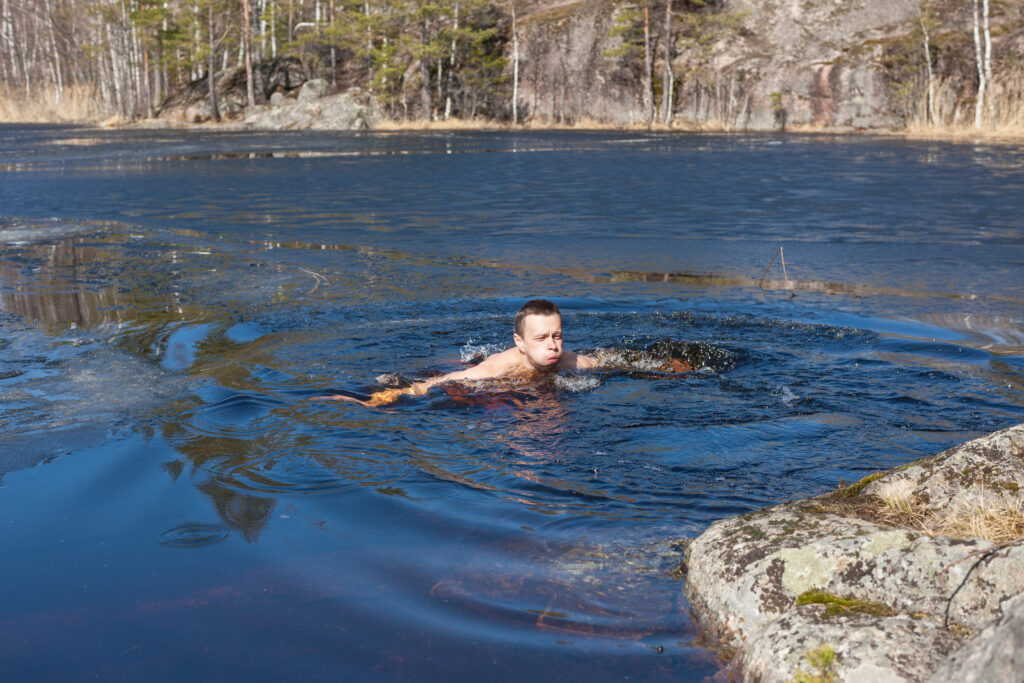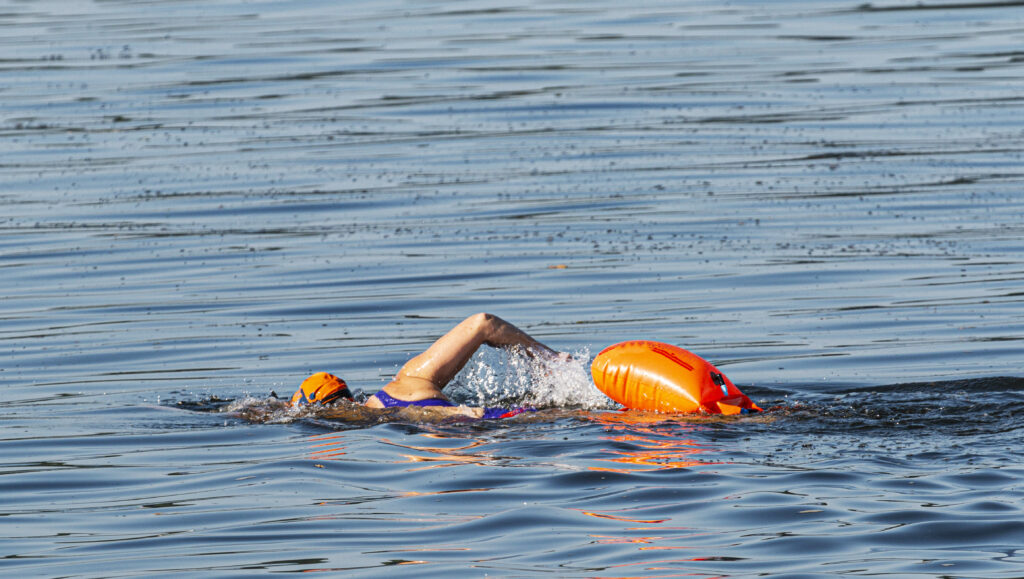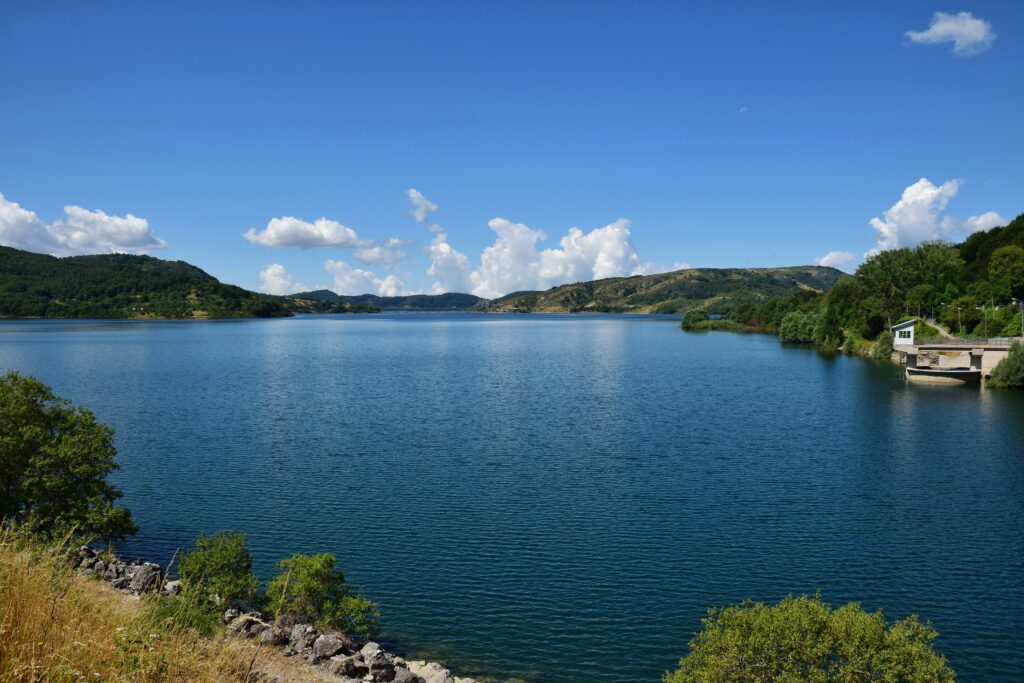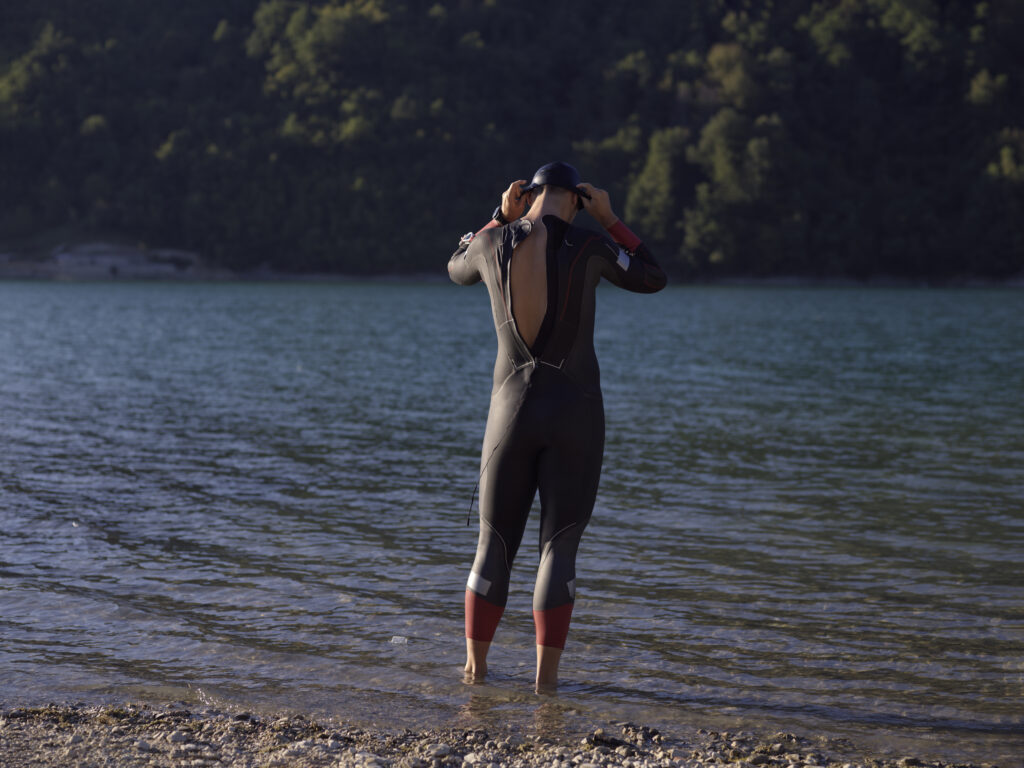Looking to escape the hustle and bustle of crowded beaches this summer? We’ve been exploring the second edition of Wild Swimming Hidden Beaches, and it’s a brilliant guide for anyone keen to discover the untouched coastlines of Britain.
This beautifully illustrated book takes you on a journey to over 300 remote and secret beaches around our shores. We found the detailed directions, GPS coordinates, and local knowledge incredibly helpful during our recent coastal adventures, making it easy to find these hidden gems.
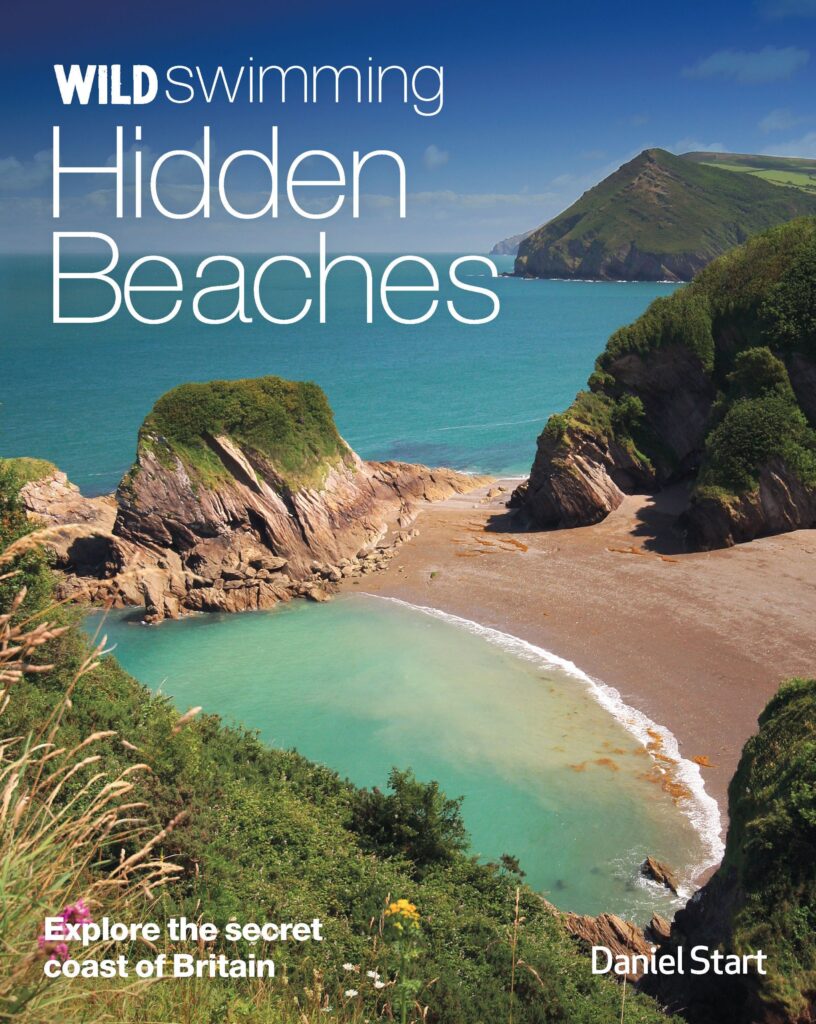
The revised and expanded second edition includes plenty of new locations we hadn’t seen in the original book. The photographs are stunning and truly capture the magic of these secluded spots. At 288 pages, it’s comprehensive without being overwhelming.
While the book is a bit hefty to carry around at just over a kilogram, we think it’s worth the extra weight in your rucksack. We particularly appreciated the practical advice about tides, access points, and local facilities (or lack thereof).
Bottom Line
If you’re tired of fighting for space on popular beaches, this guide is an essential purchase.
We’ve discovered dozens of magical spots thanks to this book that we would never have found otherwise.
Why not pick up your copy today and start planning your own secret coastal adventures this summer?
Overview of Wild Swimming Hidden Beaches: Explore the Secret Coast of Britain: 2
For beach lovers seeking hidden coastal gems, this guide is absolutely essential. We’ve spent countless hours exploring the secret shorelines detailed in this book, and it’s transformed our seaside adventures.
The book features beautiful photography that instantly transports you to these secluded spots. Each beach comes with precise directions including GPS coordinates, parking information, and walking distances from car parks.
What impressed us most was the attention to practical details. The guide is thoughtfully organised by geographic region, making trip planning straightforward. At 288 pages, it’s comprehensive without being overwhelming.
A few beaches are perhaps no longer as “hidden” as they once were, but most locations remain wonderfully quiet compared to mainstream coastal hotspots.
The book is quite hefty at 1.05 kg, so we typically photograph relevant pages before heading out rather than carrying the entire guide. Overall, it’s a brilliant resource for anyone wanting to escape the crowded beaches of Britain.
Stunning Photography and Visual Appeal
The visual aspects of this beach guide truly stand out. Flipping through the pages, we were immediately drawn to the stunning photography that captures Britain’s secret coastline in all its glory. The images showcase crystal-clear waters, hidden coves, and dramatic landscapes that make us want to pack our swimming gear straight away.
Each beach is presented with high-quality photographs that accurately represent what visitors can expect. The colours are vibrant yet natural, giving a realistic portrayal rather than over-edited images that often disappoint in real life.
The layout balances text and visuals perfectly, making it easy to appreciate the beauty of each location while gathering essential information. We particularly appreciated how the photos highlight unique features of each beach, from distinctive rock formations to the quality of sand and water.
For anyone who appreciates coastal beauty, the photography alone makes this guide worth having on your bookshelf.
Comprehensive Guides to Secret Beaches
We recently took this guide along on our coastal explorations and were genuinely impressed by its thoroughness. The “Wild Swimming Hidden Beaches” book offers detailed information about secluded swimming spots around Britain that most tourists never discover.
The layout is practical, with clear directions including GPS coordinates and ordnance survey references. We found the parking information particularly helpful when visiting some of the more remote locations. The photographs are stunning and genuinely represent what you’ll find when you arrive.
While some beaches in Cornwall aren’t quite as “hidden” as suggested (few truly undiscovered places remain), most recommendations offer a peaceful alternative to crowded seaside towns.
The walking directions are excellent – clear enough for anyone to follow without confusion. We’ve already visited several spots and had brilliant experiences at each one.
This guide works best in physical form rather than digital, as we discovered it’s easier to reference while out exploring.
Detailed Practical Information
This guide makes coastal exploration straightforward with its thoughtful organisation. The book weighs just over 1 kg, making it substantial but still portable enough for a day trip. We found the 288 pages contain comprehensive details about hidden swimming spots, including practical information like parking options and walking directions.
Each beach entry includes GPS coordinates and Ordnance Survey references, which we relied on to find several secluded spots. What’s particularly useful is the clear guidance on access points – something we struggled with when visiting remote beaches previously.
The 17.78 x 20.32 cm format works well, with clear photographs that actually match what you’ll find when you arrive. Unlike other guides, this one doesn’t gloss over potential challenges. We appreciated the honest assessments of tide conditions and swimming safety.
For planning purposes, we recommend using the geographical organisation to plot trips efficiently. The revised and expanded second edition includes several new locations that weren’t in the original book.
Accessible Walks and Day Trips
Finding beaches with easy access is crucial for families, older visitors and those with mobility challenges. We discovered that the Wild Swimming Hidden Beaches guide thoughtfully includes information about accessibility for many locations. The book clearly marks which beaches have car parks nearby and reasonable walking distances, making day trip planning much more straightforward.
During our explorations, we appreciated the detailed directions that indicated path conditions and approximate walking times. Some beaches require just a five-minute stroll from parking areas, while others might need a 20-minute walk along clear paths. The guide also helpfully notes which locations have facilities nearby, such as toilets and cafés.
We found the seasonal timing suggestions particularly useful, as some paths become muddy or overgrown during certain months. The book doesn’t promise accessibility where it doesn’t exist, giving honest assessments of which hidden gems might be challenging to reach.
User-Friendly Structure
Finding hidden beaches shouldn’t be a hassle. The book’s structure makes exploration simple and intuitive. We appreciate how the Hidden Beaches guide organises beaches by region, making it easy to plan trips to specific areas of Britain’s coastline.
Each beach entry includes clear directions and practical information. The layout uses bold headings for key details like access points and safety considerations. Maps throughout the book help with navigation, and the colour-coded sections allow for quick reference when you’re on the move.
At 288 pages, it’s comprehensive without being overwhelming. The 17.78 x 20.32 cm format strikes a good balance – large enough for detailed maps but small enough to toss in a rucksack. Though weighing just over a kilogram, we found it’s worth carrying for the valuable information it provides.
Inspirational Stories and Local Insights
Our exploration of Britain’s hidden coastlines with this guide has led to some truly memorable experiences. We’ve discovered secluded coves that we’d never have found without the detailed directions provided. One weekend, we followed the book’s advice to a remote Cornish beach at low tide, finding ourselves completely alone with crystal clear waters and dramatic cliff formations.
The local insights throughout the guide are particularly valuable. When we visited some of the Scottish beaches, the tips about local traditions and history enhanced our experience significantly. The book mentions ideal swimming times based on tides and seasons, which proved spot-on during our summer adventures.
Fellow swimmers we met along the way shared their own stories inspired by the guide, including one family who had spent an entire summer visiting a different hidden beach each weekend. The GPS coordinates and detailed walking instructions never led us astray, even in the most remote locations.
Pros and Cons
After spending several weekends exploring the coastline with this guide in hand, we’ve formed a clear picture of what makes this book shine and where it falls short. Wild Swimming Hidden Beaches offers a refreshing alternative to the typical tourist spots, but like any travel guide, it has its strengths and weaknesses.
Pros
- Detailed directions – Each beach listing includes precise information about parking, walking routes and GPS coordinates, making even the most secluded spots accessible
- Beautiful photography – The stunning images truly capture the appeal of these hidden gems and inspire you to visit
- Well-organised format – The geographic organisation makes planning trips to specific regions straightforward
- Practical swimming advice – Contains useful information specifically for swimmers, not just general beach visitors
- Off-the-beaten-path locations – Focuses on quieter, less-known beaches away from the crowds
- Comprehensive coverage – Spans the entire British coastline, offering options regardless of where you’re based
Cons
- Some beaches no longer ‘hidden’ – A few locations, particularly in Cornwall, have become more popular since publication
- Weather dependent – Many beaches are best enjoyed during specific weather conditions, limiting year-round use
- Kindle version limitations – The digital format doesn’t showcase the photographs and maps as effectively as the print version
- Limited urban options – Focuses primarily on remote locations, which may require significant travel time
- Some access challenges – A few beaches require challenging approaches or have limited parking facilities
We found this guide to be a valuable companion for our coastal adventures, though it’s worth noting that its greatest strength – revealing secret spots – may eventually lead to those places becoming less secret.
Reader Testimonials and Reviews
Many folks who’ve used this guide share glowing reviews. We’ve seen countless positive comments about the “Hidden Beaches” book, with readers praising its detailed information about outdoor swimming spots. The overall rating of 4.6 out of 5 stars from 437 reviewers speaks volumes.
Readers love the practical details included, such as parking information and clear walking directions. Many mentioned visiting the featured locations and having brilliant experiences. The book’s layout receives high marks, with its combination of beautiful photographs and practical advice making it easy to plan adventures.
Some readers noted they purchased it during lockdown periods, eagerly awaiting the chance to explore. A few mentioned preferring the physical book over the Kindle version for this type of guide. While one reader noted that truly “undiscovered” places in Cornwall might be rare, most found the book offered wonderful alternatives to overcrowded beaches.
Conclusion
After exploring Britain’s hidden beaches with this guide, we found it to be an invaluable resource for anyone seeking off-the-beaten-path swimming spots. The detailed information about parking, access routes and precise locations (including GPS coordinates) makes planning adventures straightforward and hassle-free.
We particularly appreciated the geographic organisation of the beaches, making it easy to find swimming spots in specific regions. The beautiful photographs throughout the book are inspiring and give a good sense of what to expect before visiting.
While some readers noted that truly “undiscovered” beaches are becoming rare, especially in popular areas like Cornwall, the guide still offers many quieter alternatives to crowded tourist beaches.
Overall, this Wild Swimming Hidden Beaches book earns our recommendation. It’s well-structured, thorough and practical for both swimmers and walkers alike. We’ve already used it to discover several wonderful swimming spots and look forward to exploring more.
Frequently Asked Questions
Having spent the past few weeks exploring hidden beaches with this brilliant guide in hand, we’re ready to answer the most common questions people have about the Wild Swimming Hidden Beaches book. This comprehensive resource has become our constant companion on coastal adventures, and we’ve tested many of its recommendations across Britain’s secret shorelines.
What are the top recommendations for wild swimming spots from Lonely Planet’s guide?
The guide highlights several exceptional wild swimming locations that we’ve found particularly impressive. These include the crystal-clear waters of Porthcurno in Cornwall, the secluded Lantic Bay on the south coast, and the stunning Barafundle Bay in Pembrokeshire. We were particularly taken with Kynance Cove in Cornwall, which features turquoise waters reminiscent of the Mediterranean. The book provides detailed directions, parking information, and practical advice for each location, which we found incredibly helpful during our visits.
Can you list the hidden beaches featured in the Lonely Planet book that are ideal for privacy and seclusion?
The guide features numerous secluded spots perfect for those seeking privacy:
- Pedn Vounder in Cornwall – requires a challenging cliff path descent, which keeps crowds away
- Mupe Bay in Dorset – accessible only via a military range that’s open at specific times
- Porth Iago in North Wales – a hidden gem with limited parking and minimal facilities
- Dancing Ledge in Dorset – requires a steep walk that deters casual visitors
- Covehithe in Suffolk – features a stunning, isolated stretch of sand reached by a single track
We’ve visited several of these beaches and can confirm they offer remarkable seclusion, especially outside peak holiday periods.
How does Lonely Planet’s Wild Swimming Hidden Beaches guide rate in terms of accuracy and usefulness?
After using this guide extensively, we rate it very highly for both accuracy and usefulness. The GPS coordinates provided have led us precisely to each location, and the parking information has been spot-on. The detailed descriptions of beach access, including difficulty levels for paths and approximate walking times, have matched our experiences.
What makes the guide particularly useful is its practical information about tides, currents, and safety considerations. We’ve found the seasonal advice helpful too – some beaches that are lovely in summer become dangerous in winter. The guide earns its 4.6-star rating through this attention to detail and accuracy.
Are there any family-friendly locations included in the Lonely Planet wild swimming and hidden beaches review?
Yes, the guide includes numerous family-friendly beaches that we’ve enjoyed with children:
- Bantham Beach in Devon – features shallow waters and rock pools perfect for younger children
- Broad Haven in Pembrokeshire – offers good facilities and gentle slopes into the sea
- Porth Joke in Cornwall – a sheltered cove with space for children to play
- Daymer Bay in Cornwall – has gentle waters and lovely sand for castle building
The book helpfully notes which beaches have toilets, cafes, and easy access paths – essential information when swimming with little ones. It also indicates which beaches have lifeguard coverage during summer months.
What are the safety considerations outlined by the Lonely Planet for engaging in wild swimming at hidden beaches?
The guide takes safety seriously, and we appreciate its thorough approach. For each beach, it highlights:
- Tide information and danger zones
- Presence of rip currents or undertows
- Dangerous cliff areas to avoid
- Best entry and exit points for swimming
- Water quality ratings
- Mobile phone reception (important for emergencies)
We’ve found the safety guidance to be comprehensive and reliable. The book also includes general wild swimming safety advice, emphasising the importance of swimming with companions, checking weather forecasts, and understanding one’s own swimming limitations.
How frequently does Lonely Planet update their reviews on wild swimming and hidden beaches?
The current edition we’re using is the second revised and expanded edition, published in April 2014. While this isn’t the most recent update, we’ve found that geographical information about the beaches remains largely accurate. However, some details like car park charges, café opening times, and facilities have changed since publication.
From our research, Lonely Planet typically updates these specialised guides every 5-7 years. This means some practical information may be outdated, though the core content about locations, access routes, and swimming conditions remains valuable. We recommend checking online reviews or local tourism websites for the most current information about facilities and access restrictions before visiting.

